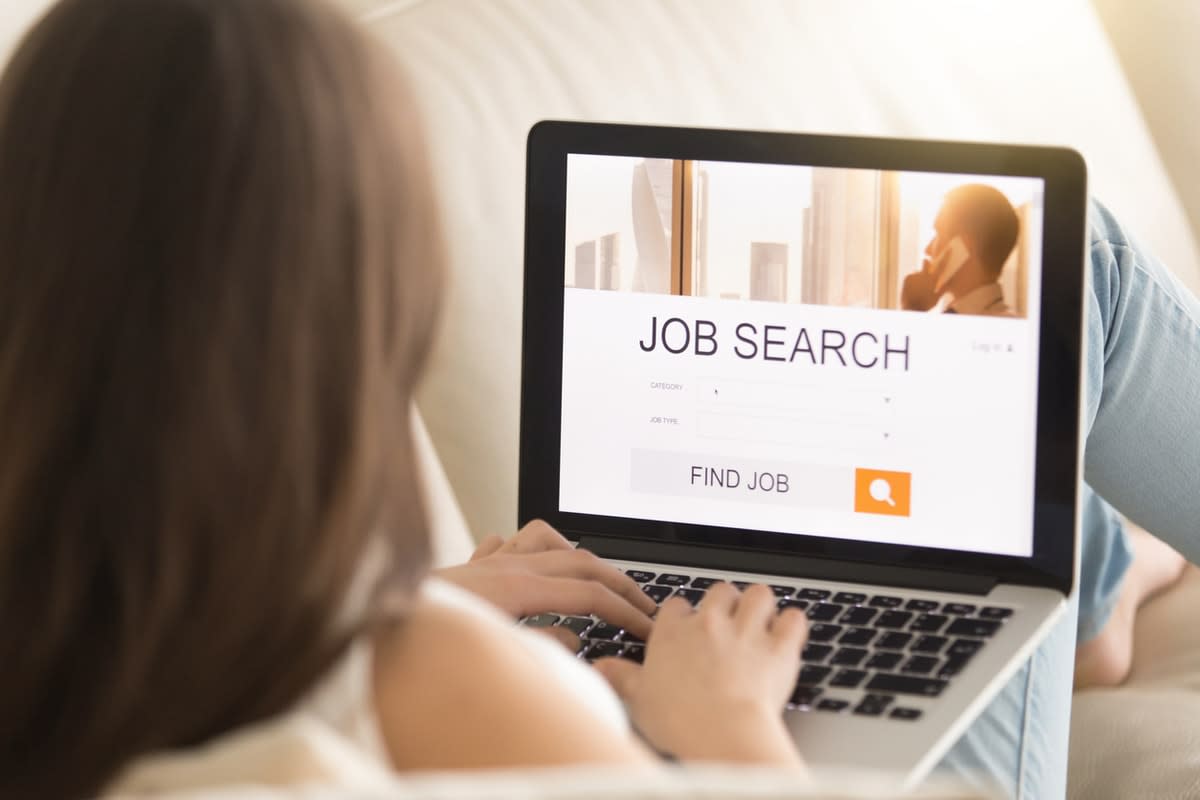There have been few events in living memory that have disrupted our lives so profoundly as the pandemic of 2020. The public health measures introduced to limit the spread of COVID-19 were swift and unprecedented. The impacts will reverberate for many years to come.
While all Australians have been affected by the pandemic, there’s clear evidence of an asymmetry along gender lines.
Australian women have lost jobs and/or hours of work at a greater rate than men. They were required to take on additional responsibilities such as home learning, and increased caring and domestic duties.
Their health was also directly put at risk both outside the home as frontline workers (nearly four out of five workers in healthcare and social assistance are women), and within the home from dramatically increased incidences of domestic violence.
Not surprisingly, a large national mental health survey found women to be at higher risk of detrimental mental health impacts. Women’s health was also uniquely affected, including surrounding pregnancy and birth.
In the longer term, Australian women will generally be less-educated, less-qualified, have less superannuation, and less accumulated wealth, adversely affecting their quality of life, health and wellbeing.
This presents a problem, but also an imperative and opportunity to decisively target gender inequity through future policy measures.
We now have a burning platform, with women emerging from the pandemic with increased risks of poverty and health vulnerability, and greater gender inequity.
Jobs
Australian women lost jobs at a greater rate early in the pandemic, with about 55% of the 600,000 jobs lost in April held by women, even though they accounted for only 47% of the workforce.
More than 100,000 women have left the labour market, with female participation falling to 60%, compared with 70% for men. When the number of women unemployed is combined with those who worked zero or fewer hours than normal (taking non-scheduled caring leave), the number rises to two million.
Between February and July, employment declined by 280,000 for women, or 4.5%, compared with a 3.5% decline for men. The number of women unemployed rose by almost 50% over the same period (to 7.5% unemployment), compared with a 41% increase in unemployment for men.
Women have experienced the worst job losses during the COVID crisis, the number unemployed rising to almost 50% per cent, compared with 41%.
Read more: Women in medical leadership: The glass ceiling is alive and well
Impacts may be varied across different populations within Australia.
While disaggregated data for women of migrant background is limited nationally, they’ve been potentially more at risk of economic impact due to COVID. Globally, they’re more likely to work in the care sector with increased exposure to COVID, and are more likely to be in lower-paid and insecure work.
There’s also evidence of exploitation in the workforce of migrant workers, with 33% of the Fair Work disputes relating to hospitality and temporary visa holders, while international students were left unsupported by government job subsidy schemes.
Superannuation
As women were hardest-hit with job losses, they’re also the largest group drawing down on their superannuation during 2020.
Data from the superannuation fund HESTA showed that of the $720 million drawn down under the government’s early release, nearly 80% were female account-holders. Women already retire with less than half of the superannuation of men. This gap will now be wider going forward.

Education
Female enrolment in tertiary education dropped by 86,000 (a 7% drop, compared with 2% for men) when comparing May 2020 to May 2019. Women comprise three-quarters of the overall student decline. This is a stark reversal on the enrolments in 2019 in which women were more highly represented (60%) compared with men (40%).
The overall drop in Australian students in 2020 – 112,500 – has also resulted in job losses for female academics working in the sector.
In addition to job losses, female academics reported sixfold-higher sole responsibility for home schooling, greater workspace compromises in the family home, and increased workloads with fewer resources.
Australian women and their families deserve a coordinated, bipartisan, federal-state response to protect health, wellbeing and equity for women as a social justice, rather than a political issue.
Female academics have also reported decreased research outputs due a range of impacts, including increased teaching workloads; pressure to redesign courses for online delivery; increased home learning, caring and domestic responsibilities impinging on their ability to teach and undertake research; and working longer hours (evening, weekends) to accommodate family needs.
These increased demands severely limited their research output (a requirement for career advancement), reflected in the 50% increase in male research journal submissions during the pandemic, while women showed a commensurate decline.
Policy response
An effective policy response to this burning platform is fundamental and time-critical.
To date, policy responses appear to not recognise or address what some experts are calling the “pink recession”. We propose this presents an opportunity to reverse the adverse health and wealth inequalities through targeted policy solutions.
For example, the recent federal budget of about $500 billion allocated just $240 million, or 0.038%, specifically to women, over a period of five years, removing JobKeeper eligibility for childcare workers, and simultaneously ending free childcare access, and limiting women’s workforce participation.
Yet, budget stimulus measures focused on male-dominated industries were compounded by accelerated tax cuts, which, for every dollar that flows to women, delivered $2.28 to men.
As they stand, the combined impacts of stage two and three tax cuts will further compound inequalities, widen gendered financial disparities, and impact health and wellbeing. This presents a problem, but also an imperative and opportunity to decisively target gender inequity through future policy measures.

In the state hit hardest by the pandemic, Victoria, the recent state budget made some inroads, with $619.4 million to assist jobseekers in getting back to work, a focus on getting women back into jobs, and the first Gender Equity Bill will be introduced in April 2021.
As a nation, we must recognise and redress these pandemic-driven gender equity challenges. Australian women and their families deserve a coordinated, bipartisan, federal-state response to protect health, wellbeing and equity for women as a social justice, rather than a political issue.
As a country, we can and must do better. Yet for too long we’ve failed to adequately address the problem, and progress has been slow.
We recommend leveraging evidence that gender diversity in policy leadership enhances equity, and improves the health and wellbeing of women and children. We also recommend building on the success of our academic expert/policy partnership that generated an effective, evidence-based public health pandemic response to address gender equity in health and socioeconomic wellbeing.








